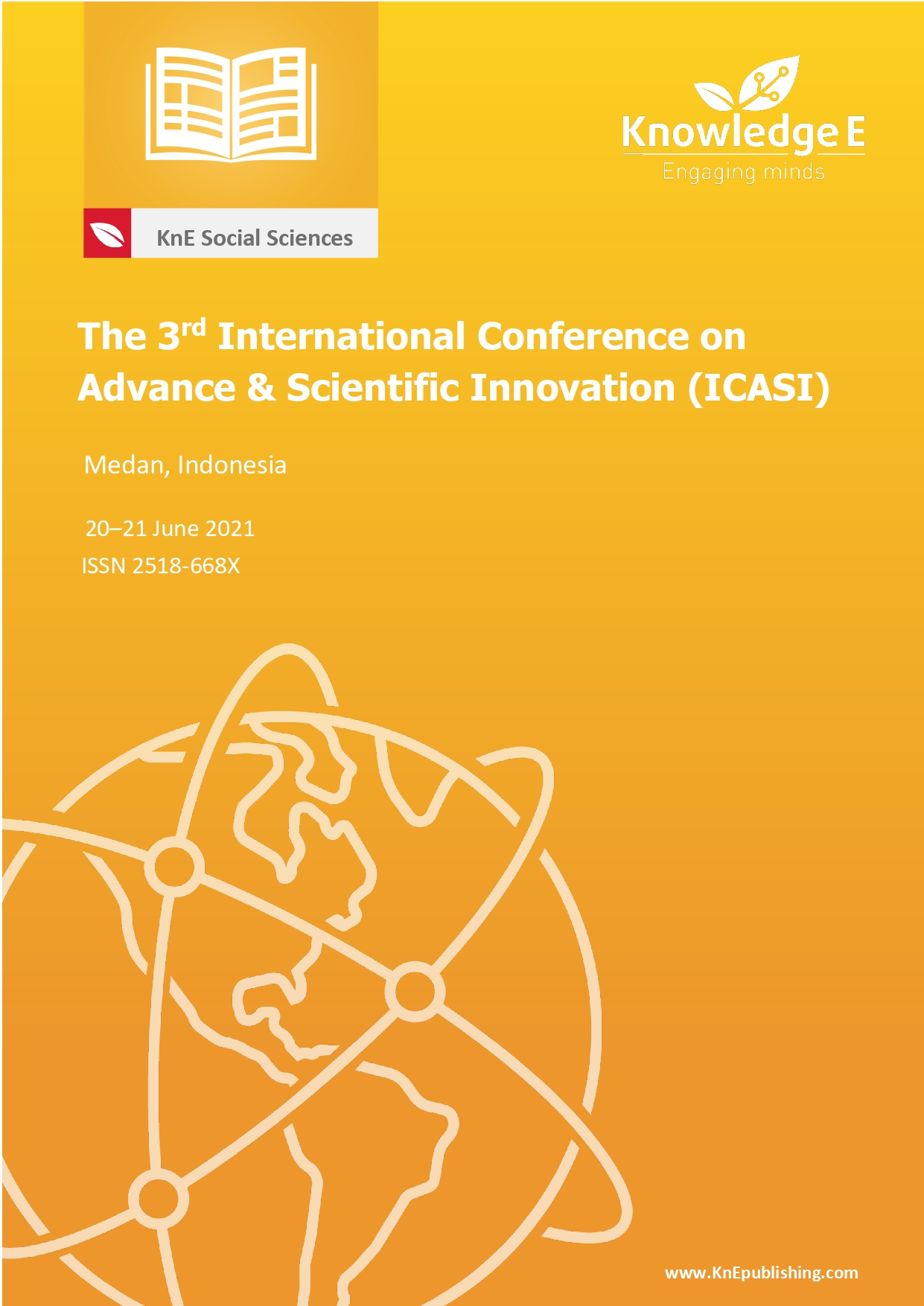Development Strategy of Local Snacks in Lombok Island as Culinary Tourism Products using Swot Analysis
Abstract
Culinary tourism product of Lombok Island, especially local snacks, has various local snacks, from sweet to savory and from steamed to fried snacks, which represent not only the history and culture of the Sasak tribe but also from hybrid cultures in the past. The purpose of this research is to identify local snacks that can be developed as culinary tourism products of Lombok Island, analyze and design strategies to leverage strengths and opportunities, rectify the weakness, and overcome the threats of Lombok Island culinary tourism products. This study uses the SWOT analysis (Strengths, Weaknesses, Opportunities, Threats. This research uses a qualitative method with the results showing that four strategies could use to develop snacks as culinary tourism products on the island of Lombok. The strategies are sorted based on recommendations for implementation priorities, namely: 1)Local snacks can introduce to tourists through tourism activities or events made by the government, and also hotels can cooperate with local snack sellers as a snack menu option; 2)The government and related organizations can provide training and understanding to tour guides to introduce local snacks of Lombok; 3)The local government conducts coaching or competition for Small and Medium-Size Enterprises (SME’s) to innovate flavors and adjust sizes, branding, good packaging and also registers local Lombok snacks in HKI (Intellectual Property Rights). 4) Establish cooperation between the government and business actors to rebrand products and online marketing with available marketplaces.
Keywords: Strategy; Local Snack; Lombok Island; Tourism Product; SWOT
References
[2] Ho CI, Liu LW, Yuan Y, Liao HH. Perceived food souvenir quality as a formative second-order construct: how do tourists evaluate the quality of food souvenirs? Curr Issues Tour [Internet]. 2021;24(4):479– Available from: https://doi.org/1080/1715928
[3] Sthapit E, Björk P, Coudounaris DN. Emotions elicited by local food consumption, memories, place attachment and behavioural intentions. Anatolia [Internet]. 2017;28(3):363– Available from: http://doi.org/1080/1322111
[4] Harmayani Z, Umar S, Murdijati G. Makanan Tradisional Indonesia Seri Yogyakarta: Gadjah Mada University Press;
[5] Harsana M, Triwidayati M. POTENSI MAKANAN TRADISIONAL SEBAGAI DAYA TARIK WISATA KULINER DI DI YOGYAKARTA. Pros Pendidik Tek Boga Busana. 2020;15(1).
[6] Long LM. Cultural politics in culinary tourism with ethnic foods. Rev Adm Empres. 2018;58:316–
[7] Stone MJ, Migacz S, Wolf E. Beyond the journey: the lasting impact of culinary tourism activities. Curr Issues Tour [Internet]. 2019;22(2):147– Available from: https://doi.org/1080/1427705
[8] Sukenti K, Hakim L, Indriyani S, Purwanto Y, Matthews PJ. Ethnobotanical study on local cuisine of the Sasak tribe in Lombok Island, Indonesia. J Ethn Foods. 2016;3(3):189–
[9] Athapaththu H. An overview of strategic management: An analysis of the concepts and the importance of strategic management. Int J Sci Res Publ. 2016;6(2):124–
[10] David FR, David FR, David ME. Strategic management: concepts and cases: A competitive advantage approach. Pearson;
[11] Aspers P, Corte U. What is Qualitative in Qualitative Research. Qual Sociol. 2019;42(2):139–
[12] Saunders B, Sim J, Kingstone T, Baker S, Waterfield J, Bartlam B, et al. Saturation in qualitative research: exploring its conceptualization and operationalization. Qual Quant. 2018;52(4):1893–
[13] Büyüközkan G, Mukul E, Kongar E. Health tourism strategy selection via SWOT analysis and integrated hesitant fuzzy linguistic AHP-MABAC approach. Socioecon Plann Sci [Internet]. 2021;74( July): Available from: https://doi.org/1016/j.seps.100929
[14] Vlados C. On a correlative and evolutionary SWOT analysis. J Strateg Manag. 2019;12(3):347–
[15] Liang S, Gemming L, Wellard-Cole L, Rangan A. Comparison between serving sizes of cakes and muffins sold in Australian supermarkets and coffee shop chains. Nutr Diet. 2019;76(3):284–

